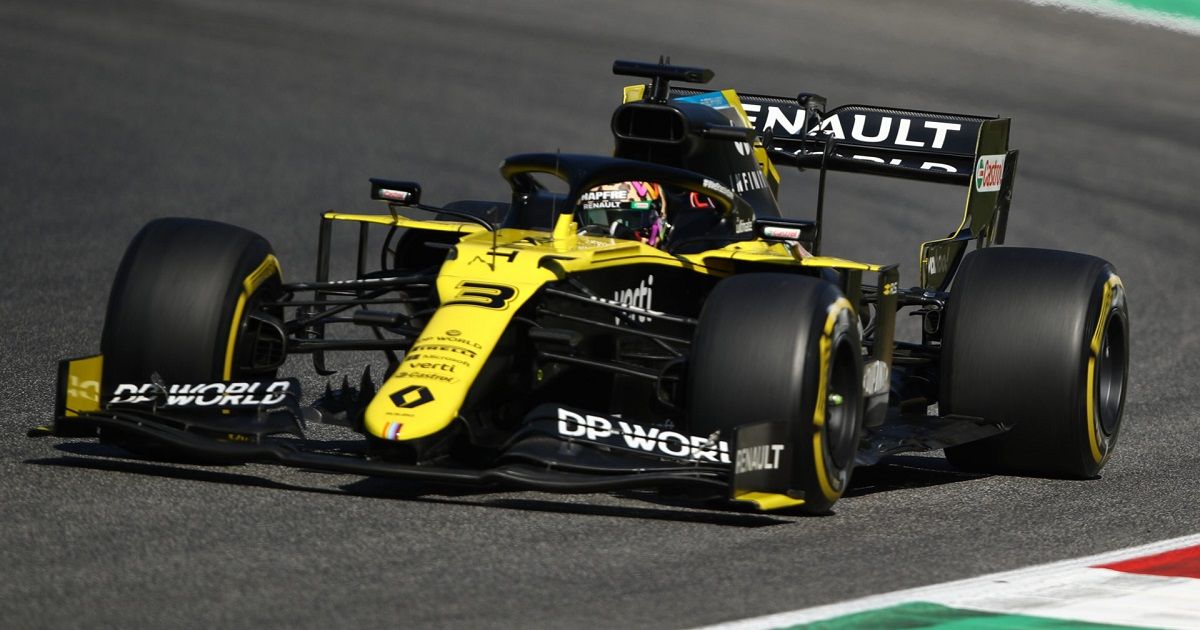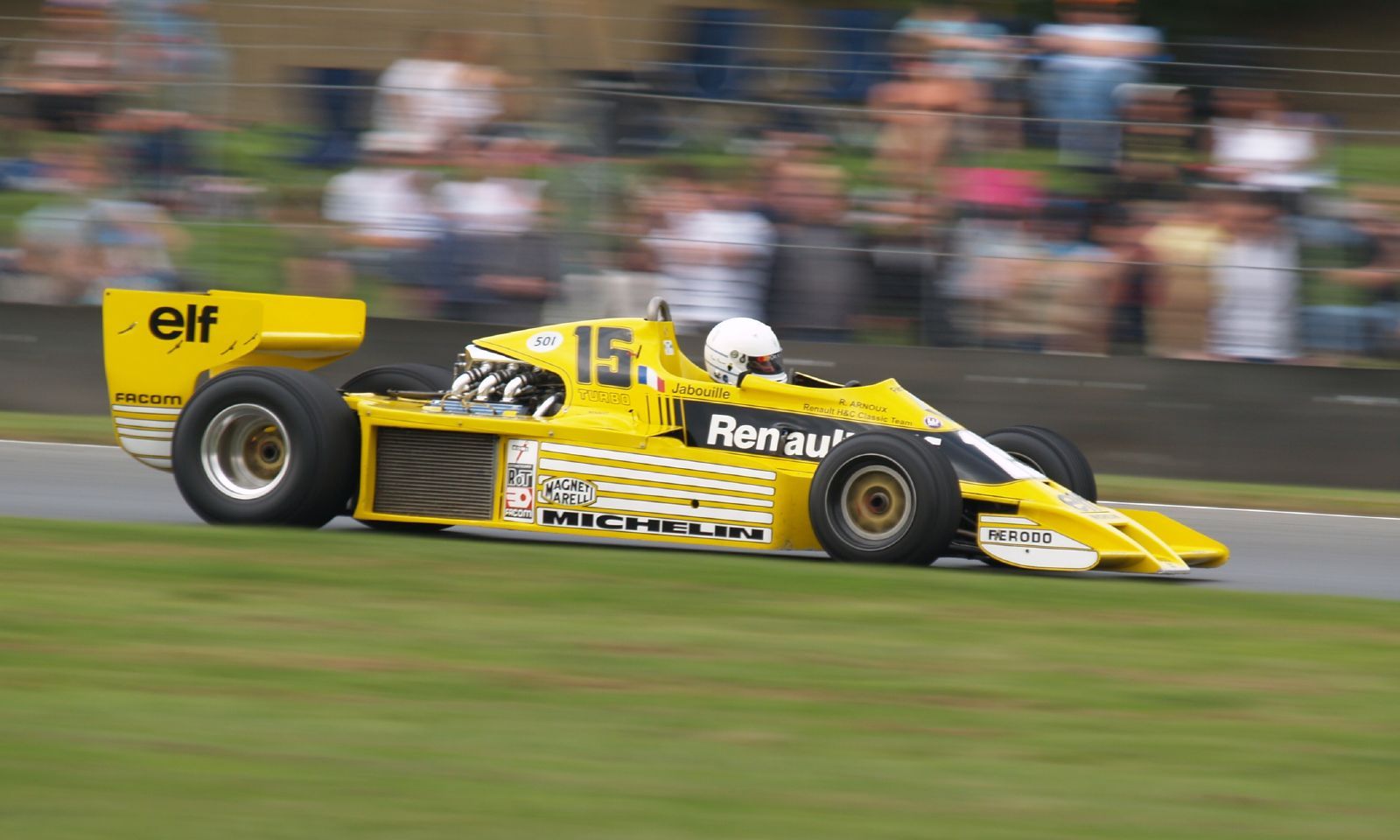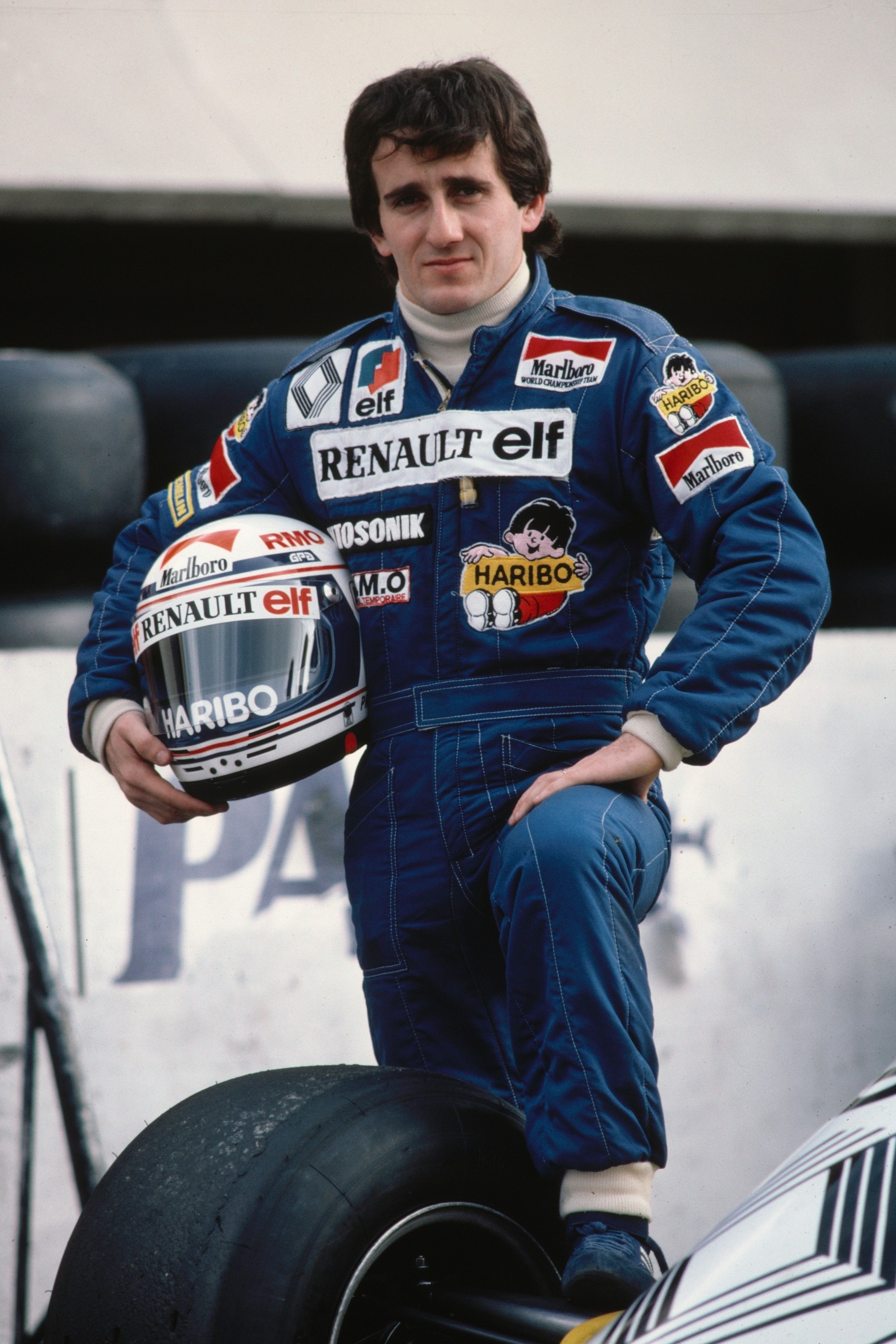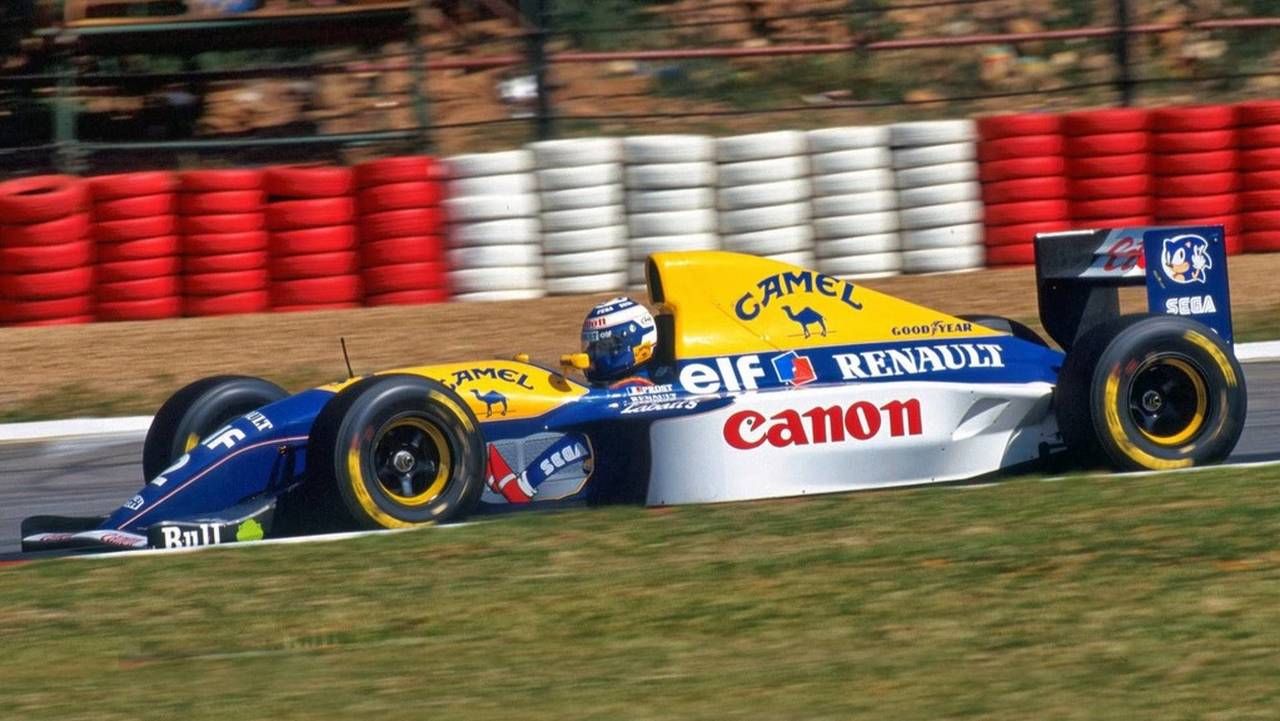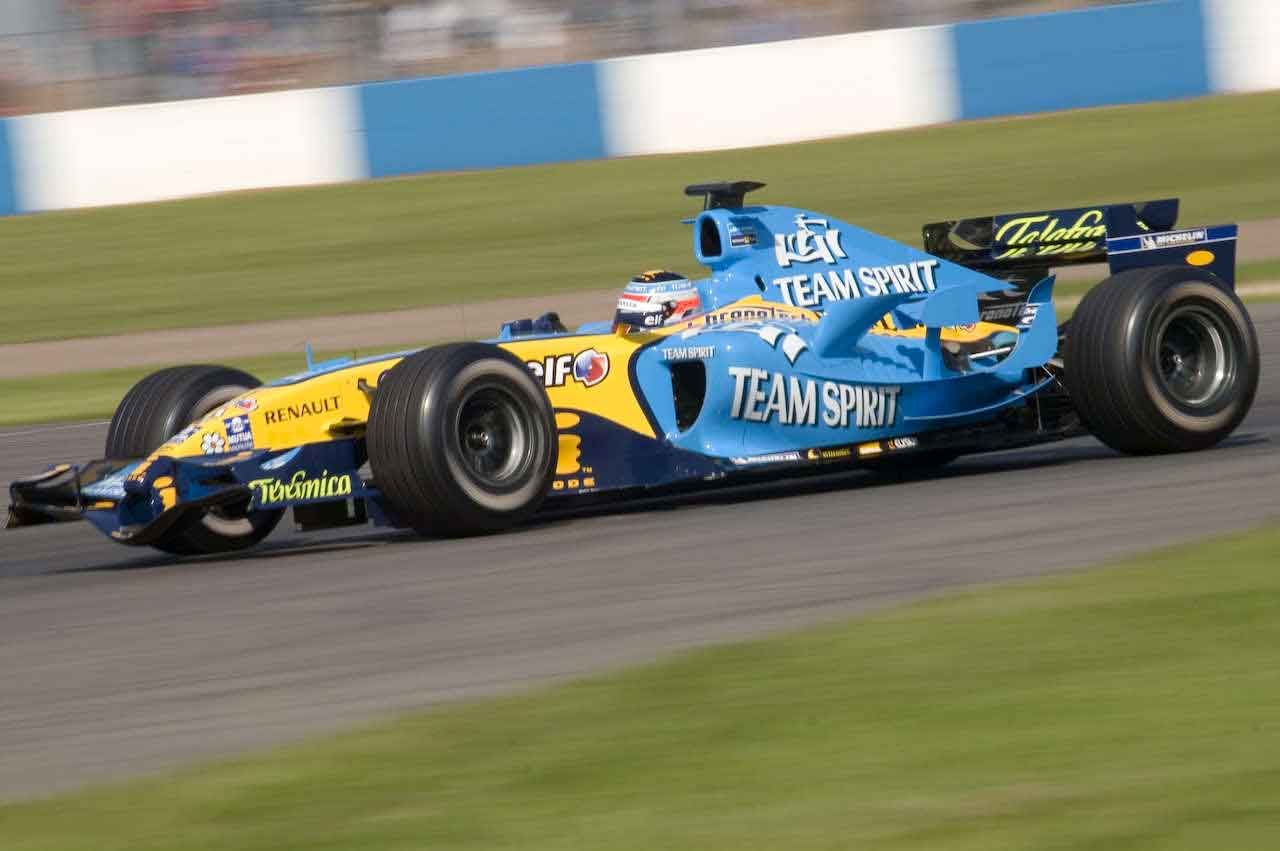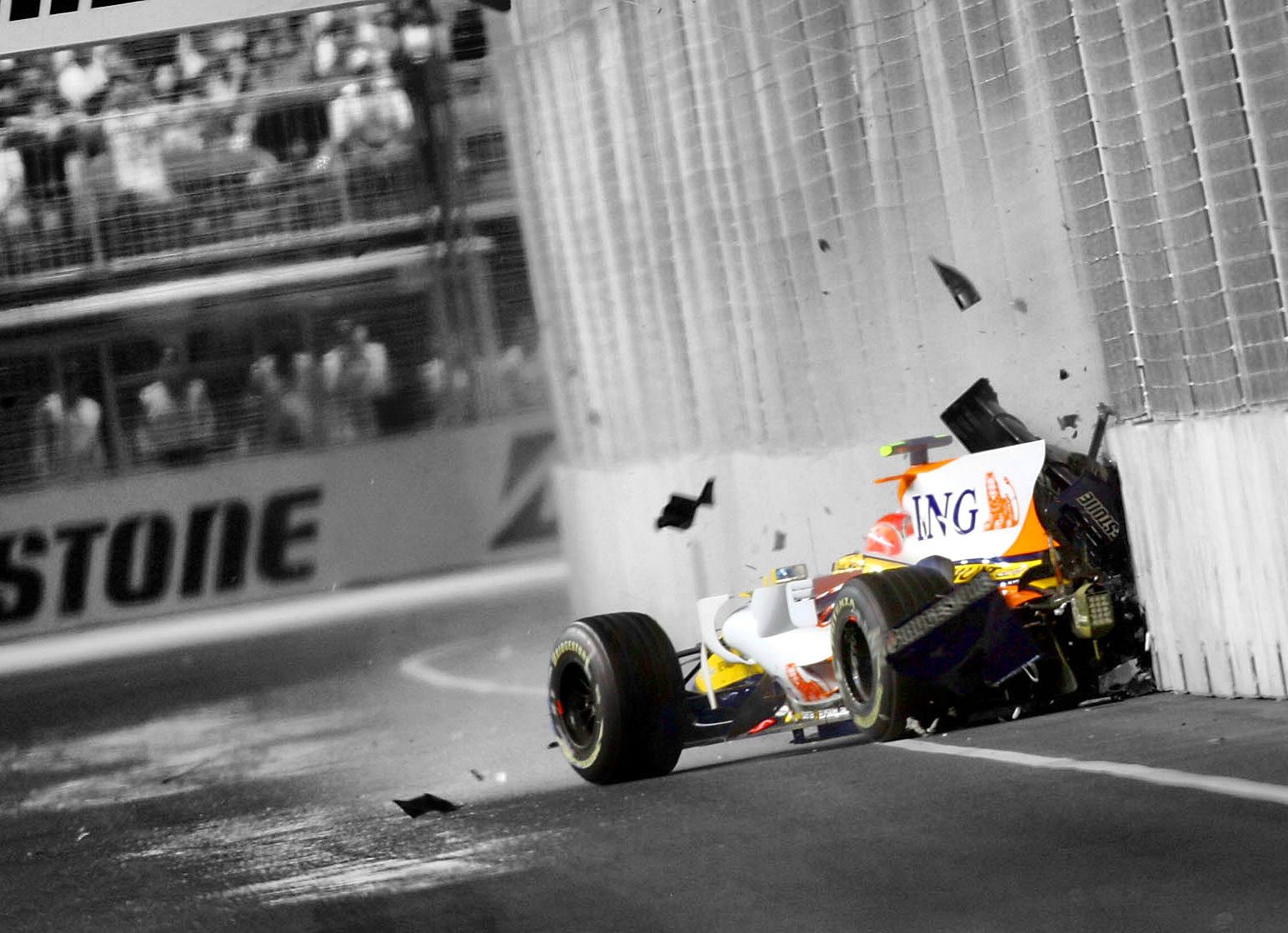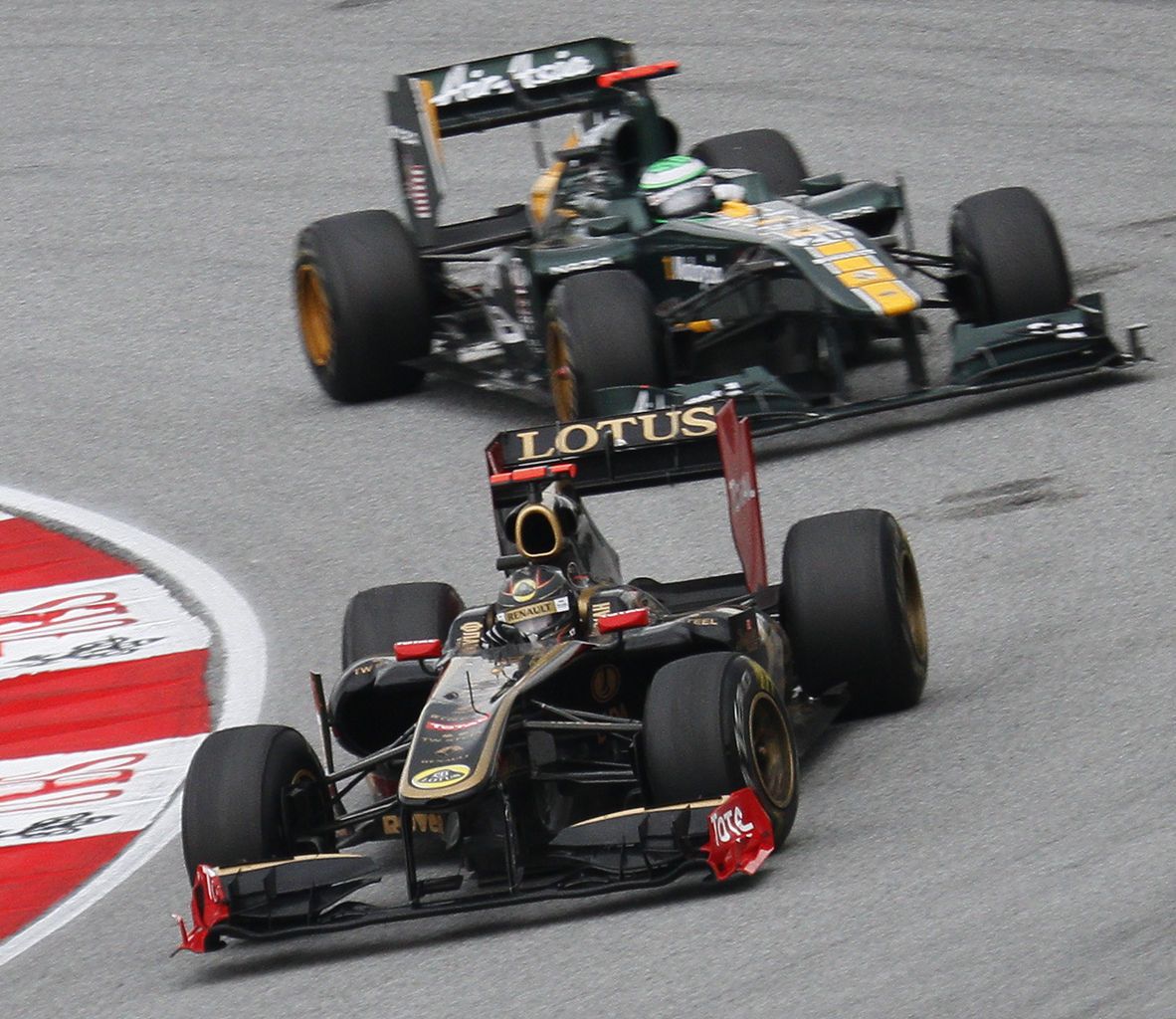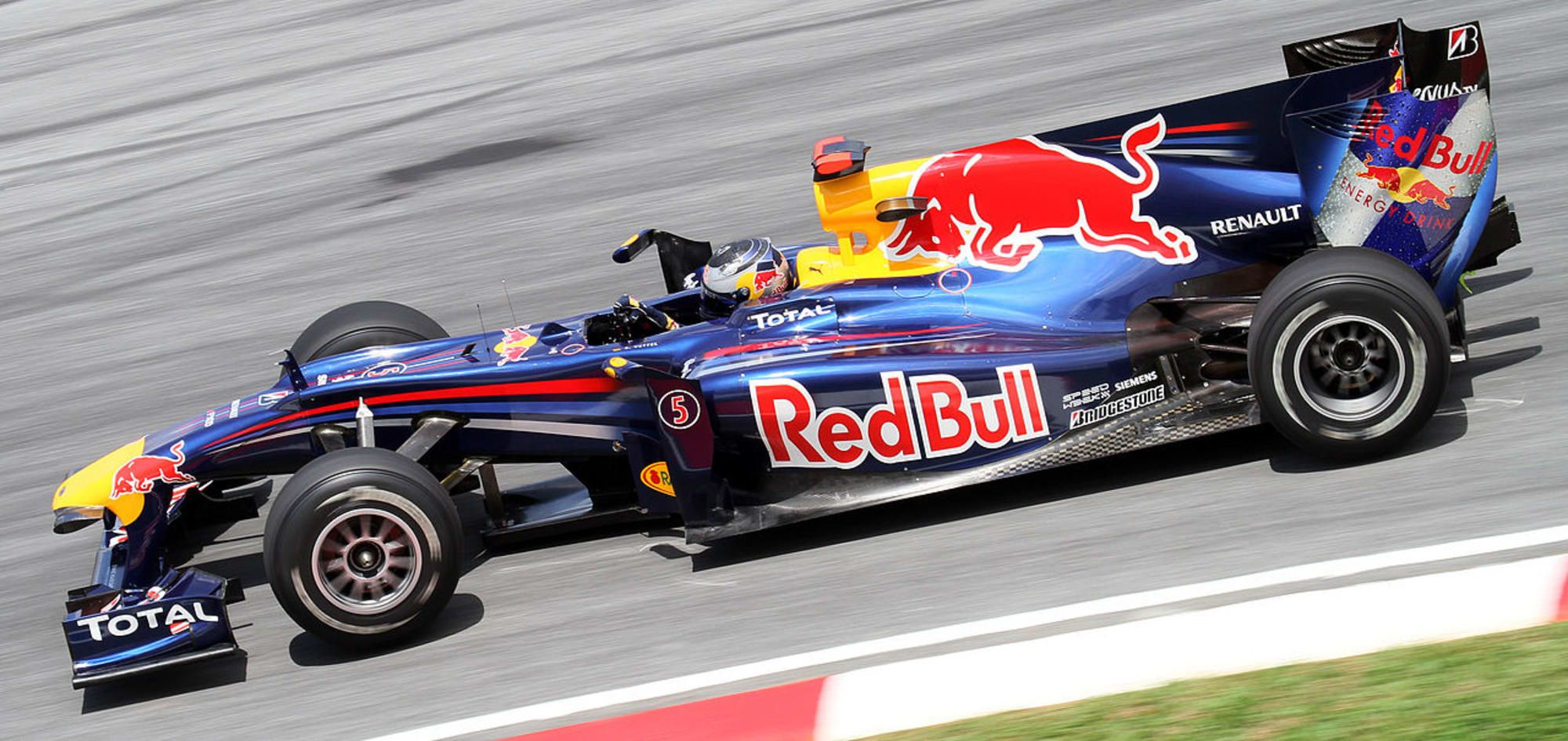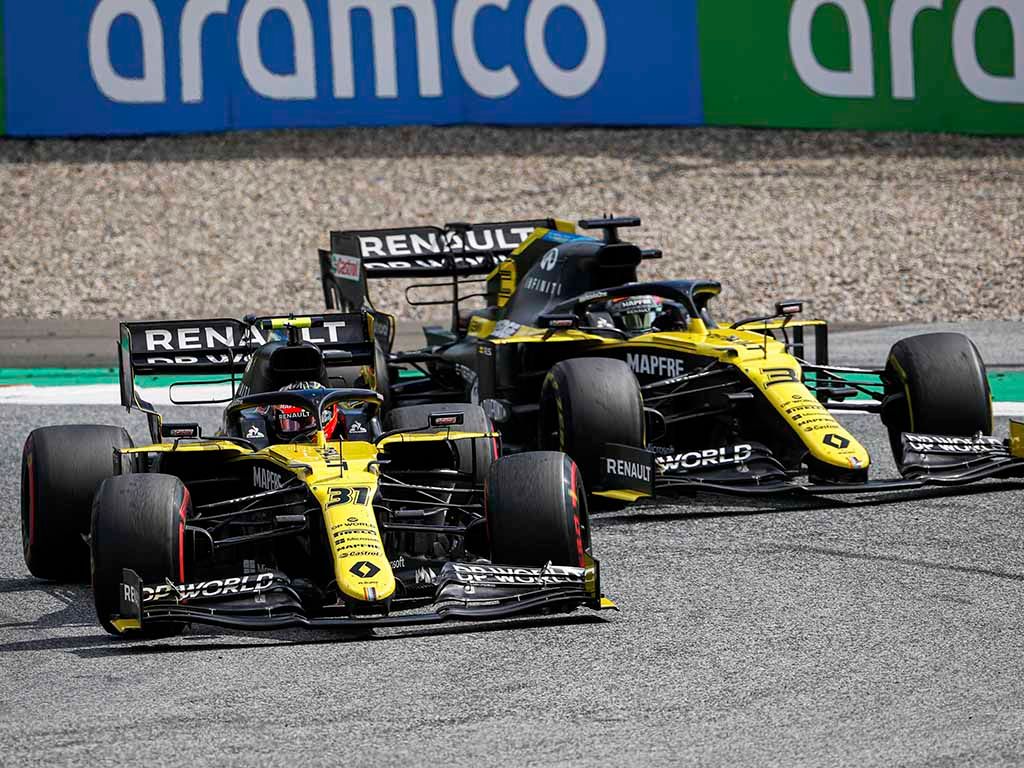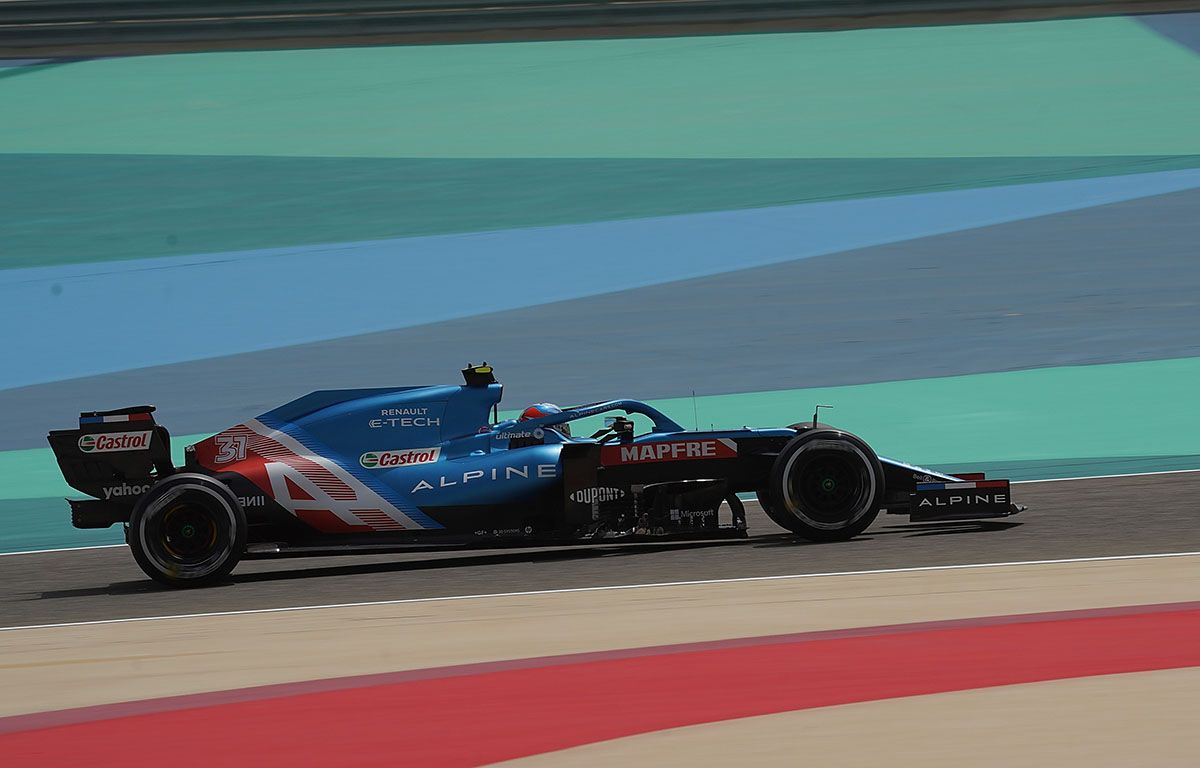With huge money, sponsors, and media coverage, Formula One is not only the fastest sport in the world but also one with the most complicated history and politics. Like many big businesses, the history of F1 is littered with innovations, disappointments, acquisitions, rebrandings, legal disputes.
Perhaps we can make use of some graphic design genius to visualize the history of various F1 teams. There's a rather brilliant chart done by Reddit user u/randomcharts. If you've already taken a look at it (you definitely should), you may discover the history of Renault (or Alpine, following their recent rebranding) is probably the most complex one among the 20 current teams. Let's delve into the French constructor's backstory before another exciting season kicks off.
Let's start by looking at the rise of Renault as an F1 team.
1977-85: First Involvement As A Factory Team
Big things have small beginnings. Renault's first entry in F1 was in the 1977 season. They entered only the last 5 races, with only 1 car, the Renault RS01 as pictured. It featured the Renault-Gordini 1.5-liter V6 engine, the first-ever turbocharged power unit in the sport, providing ample power but no reliability, earning the nickname of 'Yellow Teapot' and failing to finish a single race.
New teams take time to develop. It took 2 years for Renault to expand to a normal 2-driver lineup. In that same year, Renault managed to clinch their first win with the clever ground-effect RS10 racer. And they did it in a spectacular manner: securing a front-role lockout in qualifying, recording the first-ever race win by a turbocharged car, and doing it in front of their home crowd in the 1979 French GP.
Renault continued their rising status in the early 1980s. In 1981 they signed Alain Prost. During Prost's 3-year tenure with Renault, he helped the French team finished 3rd twice and 2nd once in the Constructors' Championships. Prost demonstrated his potential but was fired after publicly criticizing the team's R&D efforts. He then switched to McLaren and then Williams before retiring in 1993 as a legendary 4-time Drivers' Champion.
Prost's criticism was probably true, Renault's competitiveness was declining, coupled with the departure of their ace driver, the team failed to stay in a front-running form. Facing a series of financing problems, Renault backed down from a full factory team to an engine supplier in 1986 before withdrawing entirely from F1 at the end of that season.
1989-2000: Engine Supplier With Phenomenal Success
The 1980s were often named 'The Turbo Era'. The forced-induction engines were powerful but expensive to develop, yet their components were too complicated to be reliable. Renault was the engine supplier of Lotus, Ligier, and Tyrrell in the '80s, but still, skyrocketing costs prohibited the French marque from continuing the business.
F1's organizing body FIA noticed teams were scared away by the sport's unsustainable engine bills. As a result turbocharging was banned in 1989. The action was welcomed by a number of manufacturers, which included Renault. They returned as an engine supplier with a 3.5-liter naturally-aspirated V10 in 1989 and have supplied F1 engines ever since.
Renault's engines were hugely successful in the '90s, powering Williams to become a 5-time World Constructors' Champion in the decade, plus another championship with Benetton. Five drivers were crowned World Champions, namely Nigel Mansell, Alain Prost, Michael Schumacher, Damon Hill, and Jacques Villeneuve. The most notable Renault-powered car was probably the Williams FW15C pictured above. With active suspension, ABS, traction control, and an automatic gearbox, the all-conquering racer was so advanced it had most of its tech-savvy driver's aid banned after the season.
2002-10: Back-to-back Championship Glory
In 2000 Renault purchased the Bennetton team, the successor of the English team, Toleman, which was founded in 1981 and raced alongside the original Renault team. It was until 2002 when Renault rebranded Bennetton as Renault F1 Team. In 2005, with Fernando Alonso and Giancarlo Fisichella behind the wheels, Renault delivered a strong performance to bring themselves their first-ever Constructors' World Championship, breaking Ferrari's 6-year dominance.
Alonso himself was also crowned World Champion for the first time. In the following year, despite the change of regulation towards V8 engines from V10s, Renault and the pair of drivers retained their strength. Both the Renault team and Alonso successfully defended their titles.
2008, however, marked a rather shameful page of Renault's history, the Crashgate. The scandal happened during the Singaporean GP. Renault driver Nelson Piquet Jr crashed into the wall on the 14th lap, which led to a safety car deployment.
Teammate Alonso, with new tires from an early pitstop, gained a leading position as competitors pitted under the safety car condition. Alonso turned out to win the race. But an investigation was conducted by the FIA, and Renault was found guilty of instructing Piquet Jr to crash deliberately in order to give an advantage to Alonso.
Renault was initially banned from F1 for race fixing, but the disqualification was suspended for 2 years pending any further violations by the team. Renault's managing director and chief engineer were sacked and banned from FIA racing events for respectively 2 and 5 years.
2011: The Peculiar Lotus Situation
Renault scaled down their involvement in F1 to become only an engine supplier (again) in 2011, with Lotus Cars purchasing 25% of shares of the team and rebranding the team name under the British sports car maker. Despite the classic blank and gold livery which paid hommage to Lotus' John Player Special colors in the 1980s, the car, both engine, and chassis, were actually still made by Renault, as reflected by the microscopic-sized Renault badge at the tip of the nose.
Funnily enough, there was another team on the grid with the Lotus name. The Lotus Racing, a Malaysian team, raced under a license owned by Lotus Cars' then Malaysian parent company, Proton. Spoiler Alert. The two teams had a long-standing battle of Lotus vs. Lotus. But the Lotus battle would take place in the court rather than on the track.
A lengthy legal battle between Group Lotus (the Lotus partnering with Renault) and Team Lotus (the Lotus outfit bought by the Malaysians) emerged, fighting for name rights and the use of the black and gold livery.
After a year-long struggle and lots of pounds thrown to lawyers, the High Court of London ruled that Renault's partners could use the name "Lotus" on its own, as well as the logos and livery. While Team Lotus could only be called "Team Lotus" and use the Team Lotus roundel.
2010s: Charging Up The Red Bull
Let's go back to racing from the legal stuff. Although Renault didn't compete as a constructor from 2012-15, they continued their efforts in engine supply. Most notably powering the Red Bull team and Sebastian Vettel to 4 consecutive World Drivers'/Constructors' Championships.
2016-Present: An Emerging Power
Renault returned to the sport as a constructor in 2016, taking over the Lotus F1 Team, which they previously owned. The reborn Renault Sport F1 Team has become a rising powerhouse, from finishing 9th in the World Constructors' Championship in 2016 to 6th in 2017, 4th in 2018, as well as 5th in both 2019 and 2020, after a fierce battle in an extremely packed midfield.
This year, the Renault Sport F1 Team is rebranded as Alpine, promoting the group's Alpine sports car brand with a good-looking Tricolore livery. With Fernando Alonso back behind the wheels, partnering with an improving Esteban Ocon, the French outfit looks like a serious contender for a 4th or even 3rd place finish in the World Constructors' Championship. Will they pack the pace as expected? We'll see when the season opens this month, March 2021.

